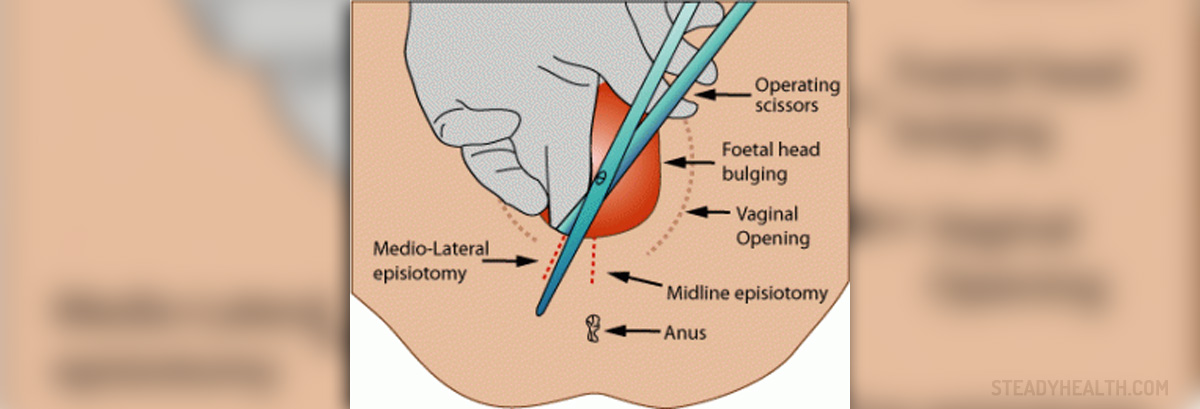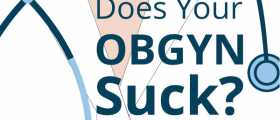
What is an episiotomy?
During an episiotomy, a cut is made in your vagina, towards the perineum. There are several kinds of episiotomies. A mediolateral episiotomy, Where the cut begins in the center of your vaginal opening and then progresses towards either the right or left side, is most common. Median, lateral, and J-shaped episiotomies are also practiced sometimes, with the lateral version being most prone to causing permanent damage.
Do you need one?
Not too long ago, maternity wards saw an episiotomy as a routine intervention that no woman escaped. Now, they are becoming rarer. There are not really many cases where an episiotomy is truly medically indicated. Some doctors argue that women who are cut are less likely to also tear, but there is no evidence to prove that. Assisted deliveries, where forceps or vacuum extraction are used, are among the rare true indications for an episiotomy. If you are not comfortable receiving an episiotomy and prefer to tear naturally, it is a good idea to put that on your birth plan or to discuss it with your medical team in advance. You may ask your doctor how often they perform this intervention to get an accurate idea of your chances of having one yourself. If his answer is "Only when needed" probe further, because some doctors think they are almost always needed, while others very rarely perform an episiotomy.
What do expect?
If you have received epidural anesthesia, you will not feel pain while an episiotomy is cut. Women who have opted for a natural labor and birth will have their episiotomy cut during a contraction, so they won't be able to feel the pain. You will require a local anesthetic while you are stitched up after giving birth in this case. You are likely to have some pain at the incision site a few days to a week postpartum. You will feel a stinging sensation while you pee. Try squirting water on the area with a peri bottle while you urinate to alleviate the pain. It really helps! That goes for natural tears too, by the way.
















Your thoughts on this
Loading...